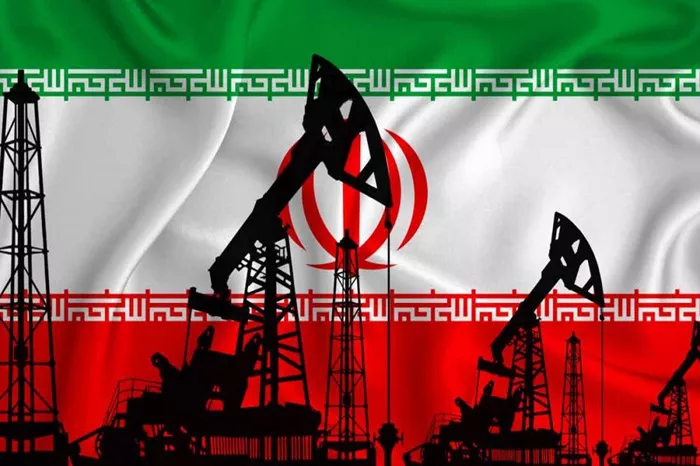China’s imports of Iranian oil are on track to reach a new peak of 1.75 million barrels per day (b/d) this month, surpassing the previous high of 1.66 million b/d recorded in October 2023. This represents an increase of nearly 50% compared to last month’s 1.24 million b/d.
Significant increases in shipments to Rizhao and Dalian have been noted. Muyu Xu, an analyst with Kpler, attributes this surge to improved refining margins for Chinese teapots, which are motivating them to boost production and consequently increase their feedstock needs. Flows to Lanqiao/Rizhao and Dalian nearly doubled month-on-month, reaching 342,000 b/d and 132,000 b/d, respectively.
Last week, it revealed China’s record imports of crude from Malaysia, which amounted to 6.21 million tons in July, or approximately 1.47 million b/d. This volume is nearly three times the average daily production of Malaysia in 2023. This increase in Malaysian crude imports is a leading indicator of China’s growing demand for cheaper Iranian oil, as refiners face lower margins amid an economic slowdown.
The waters off Malaysia have long been a transit hub for oil, often used to obscure the true origin of crude, particularly from Iran. Officially, China has not reported buying Iranian oil since June 2022. However, unofficial data suggests that record volumes of Iranian crude are being imported, masked as Malaysian oil.
Iranian oil has become the most cost-effective option for Chinese buyers, surpassing even Russian crude. Traders have noted that Iranian Light crude is being offered at a discount of $6 per barrel to ICE Brent, compared to a discount of less than $1 for comparable Russian crude.
Customs data reveals that importers in Shandong province, who have been buying Iranian oil disguised as Malaysian, account for over 70% of this volume. Overall, eight Chinese regions, including Liaoning and Henan, have imported oil from Malaysia, marking the highest level since October 2023.
Related topic:
Produce Diesel Vs Gasoline: Which Is Cheaper?

